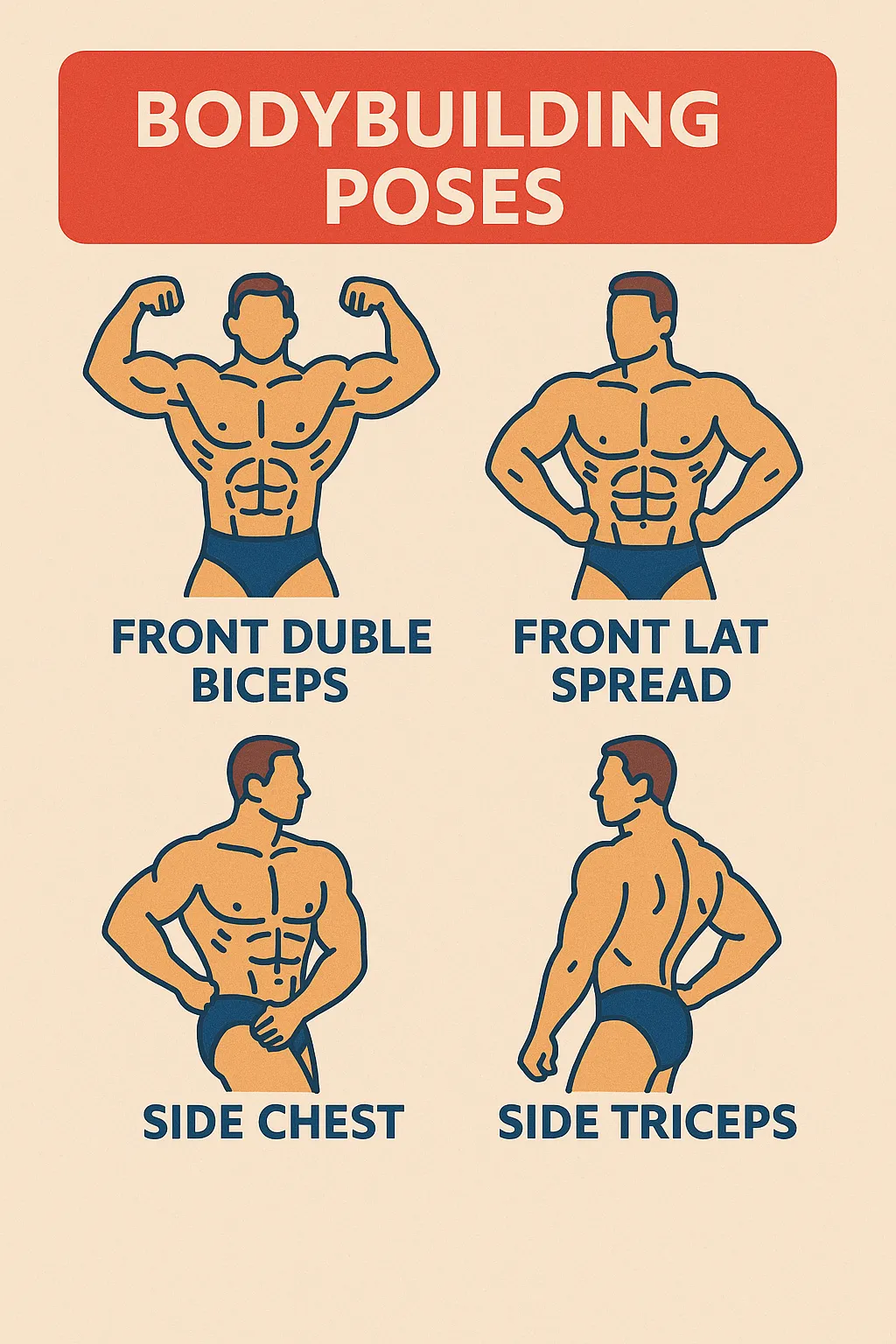When we speak of exercises, we typically talk about physical exercises that train for endurance, strength, or flexibility. Although these exercises are focused on developing various capacities, others target, making the person more coordinated and balanced, especially for patients with neurological disorders.

These exercises are designed for patients with ataxia to develop muscle control over movement. The ideal method of such therapy is Frenkel exercises.
What Are Frenkel Exercises?
Frenkel exercises are a series of movements that promote coordination, proprioception (awareness of one’s body’s position), and balance. They were originally created for sensory ataxia patients, a disorder affecting movement control resulting from nervous system damage. Since then, they have been adapted for use with other neurological disorders that cause coordination problems.
The key principle behind Frenkel exercises is controlled movement. Unlike normal reflexive movement, the exercises entail the patient focusing hard on each movement to improve precision. The nervous system can be reprogrammed through repeated repetition to further improve motor function and coordination.
Steps in Frenkel Exercises
For maximum benefits of Frenkel exercises, it’s essential to follow a step-by-step approach:
Understanding the Exercise
The therapist explains and demonstrates the exercise to the patient.
Observation
The patient watches the exercise with high concentration in a bid to receive it well.
Mindful Execution
The patient executes the exercise slowly and carefully, focusing on accuracy.
Regular Feedback
The therapist corrects and guides for greater accuracy.
Repetition
The patient performs the exercise several times for reinforcement of the correct movement.
Types of Frenkel Exercises
Frenkel exercises are possible in different positions—sitting, lying down, standing, and walking. Some examples are listed below:
1. Sitting Exercises
• Taking the foot from heel to toe and back.
• Taking the heel along a straight line on the floor.
2. Lying Down Exercises
• Bending one’s knee and then extending it.
• Taking one leg and then bringing it back down.
• Flexing and extending the ankle.
• Rotating the leg in circular movements.
3. Standing Exercises
• Rising from and sitting on a chair without the use of hands.
• Transfer of weight from one foot to the other.
• Standing on one foot.
4. Walking Exercises
• Walking in a straight line.
• Walking in alternating directions.
• Walking over small obstacles.
• Walking while turning the head from side to side.
5. Hand and Arm Exercises
• Tapping an object with the tip of the finger.
• Holding objects of different size and weight.
• Turning the hand palm upwards and palm downwards.
Considerations for Frenkel Exercises
In order to get the best results, caregivers and patients must keep the following in mind:
• Start with simple movements and gradually increase the level of difficulty.
• Make the environment safe in order to prevent accidents or falls.
• Adjust the frequency and length of exercises based on the tolerance and fatigue level of the patient.
Frenkel exercises work best when they’re specifically designed for the individual’s specific problem and rehabilitation goals. An occupational therapist can assist in creating the optimal program for each patient.
Why Are Frenkel Exercises Significant?
• They enhance coordination – Essential for individuals with difficulty managing movements.
• They increase independence – Balance improvement can reduce care dependency.
• They’re simple but effective – They can be performed at home with a small amount of equipment.
• They stimulate neurological rehabilitation – Useful in conditions like stroke, multiple sclerosis, and Parkinson’s disease.
Frenkel exercises are a great addition to the rehabilitation process for patients facing coordination problems due to neurological conditions. By focusing on conscious movement as well as the process of rehearsing them, exercises can retrain the nervous system, thus expanding the range of movements.
If you, or the person you care for, is suffering from problems related to balance and coordination, have Frenkel exercises integrated into your lifestyle in the supervision of a physician. With persistence and consistency, there can be a substantial improvement in life quality.
Get started today and take that single step toward more efficient movement and stability!







